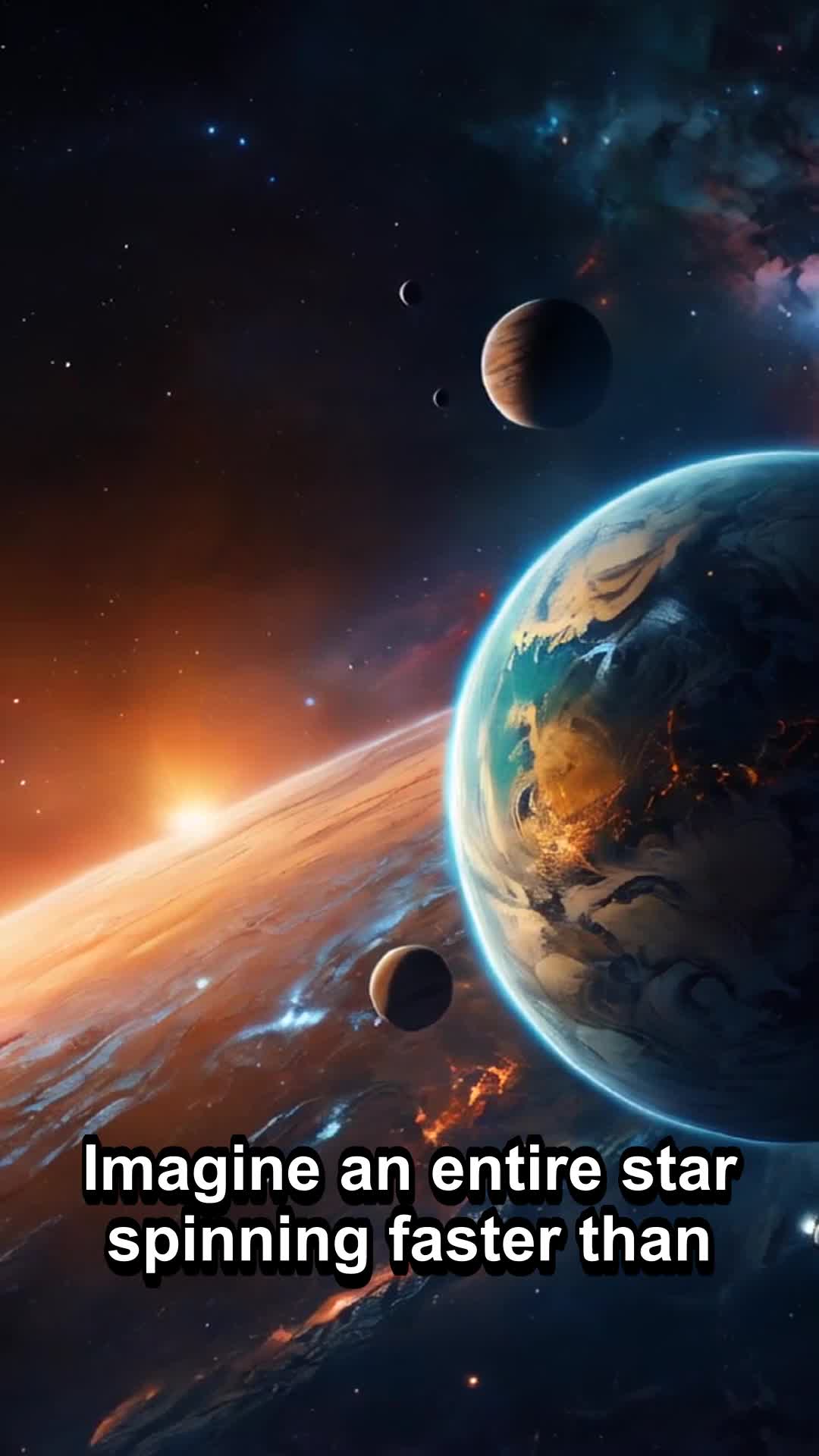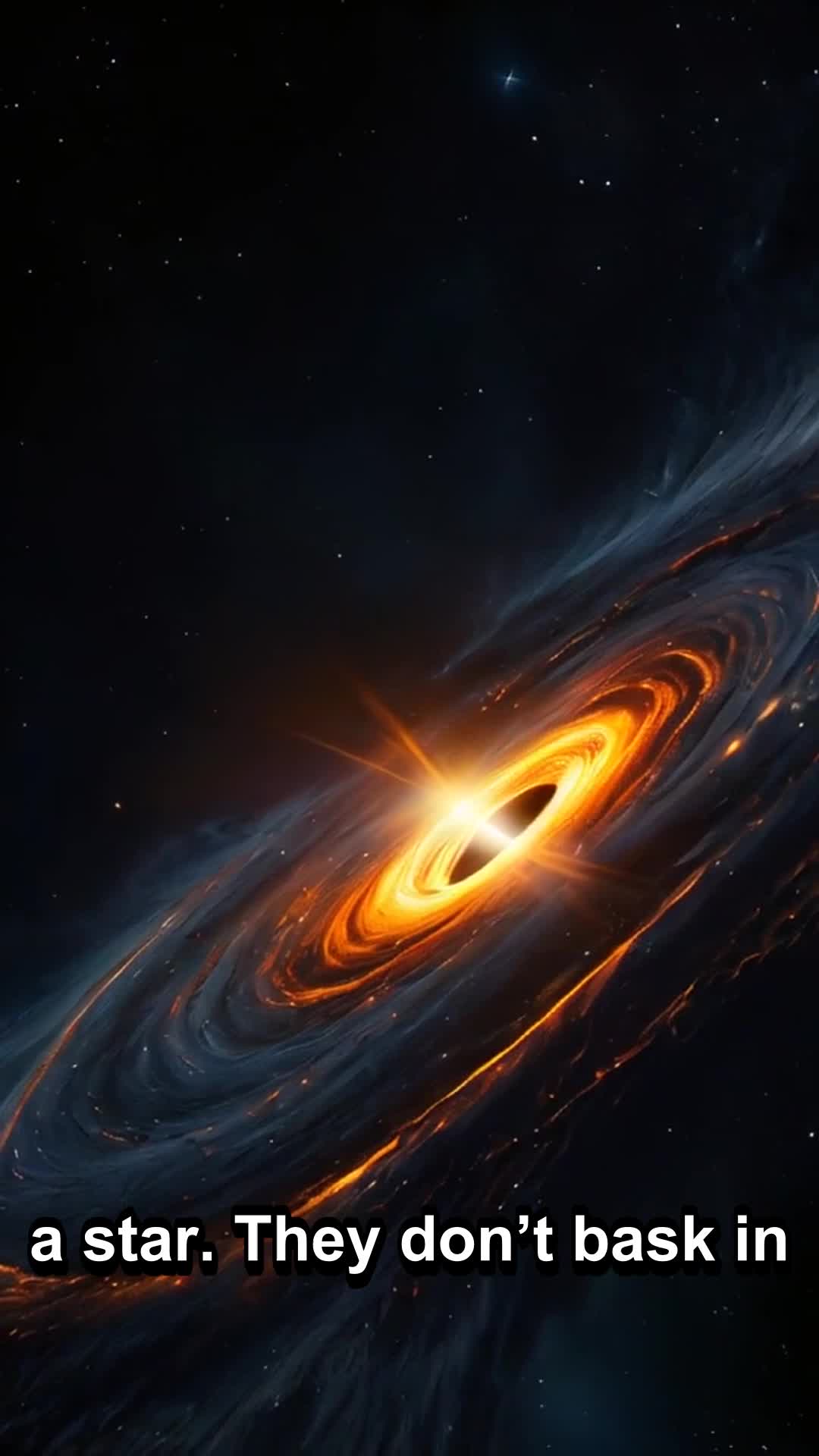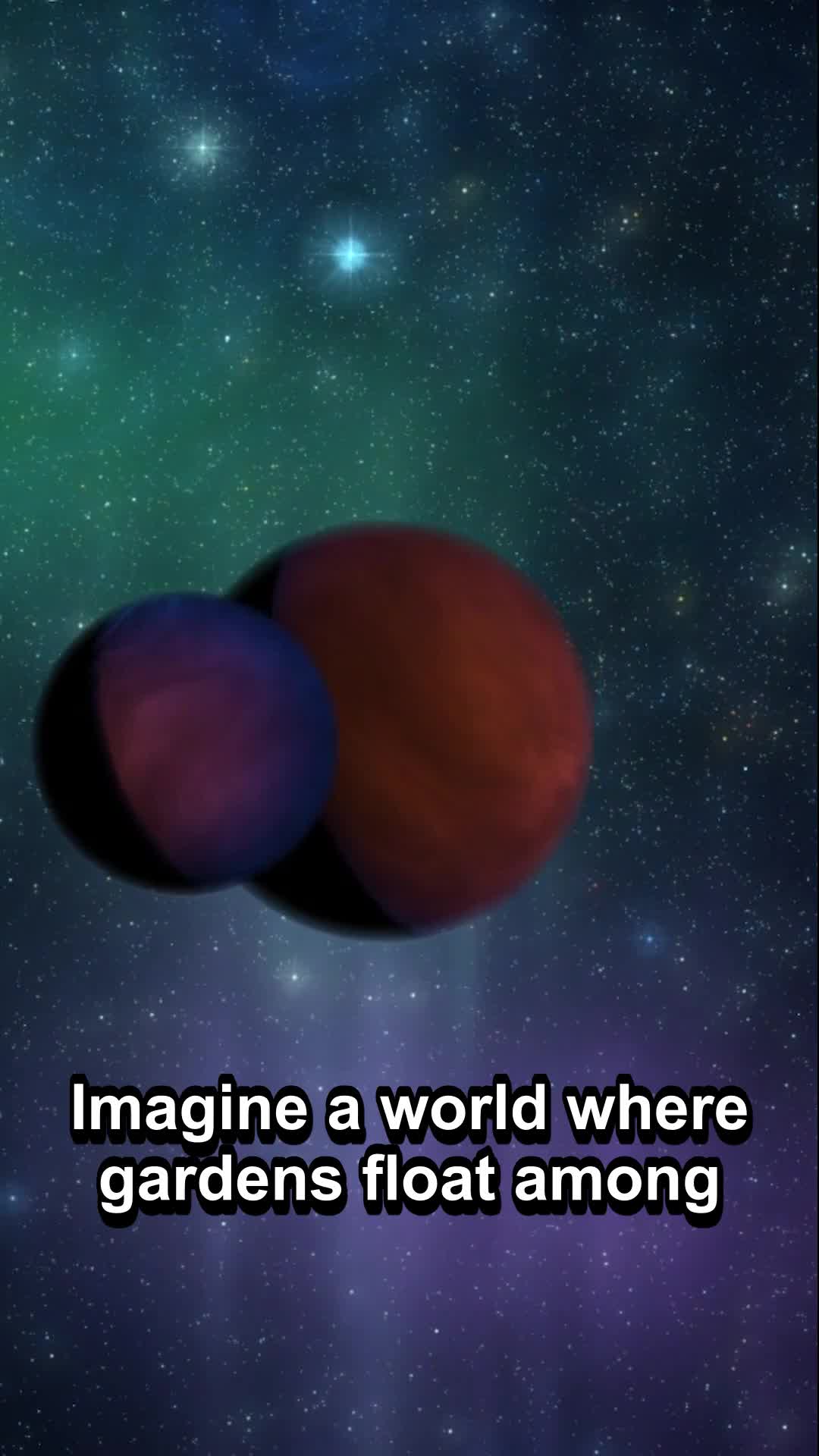Mga nangungunang video
In this captivating video titled "The Star That Spins 700 Times Every Second," we delve into the mesmerizing world of pulsars, focusing on one of the universe's most astonishing phenomena. This documentary-style video begins with a brief introduction to pulsars—highly magnetized, rotating neutron stars that emit beams of electromagnetic radiation. The video explains how these beams are only observable when they point toward Earth, likening them to cosmic lighthouses in the vast ocean of space. The main subject of the video is a particular pulsar that spins at an incredible rate of 700 times per second, making it one of the fastest-spinning stars known to scientists. Our journey starts with the discovery of this pulsar, detailing the technologies and methodologies astronomers use to detect and study these distant celestial bodies. The narrative then explores the significance of this discovery in the broader context of astrophysics, offering insights into how such findings challenge existing theories and prompt new questions about the life cycle of stars. Throughout the video, stunning visuals and animations help viewers visualize concepts that are difficult to grasp, such as the extreme density of neutron stars and their powerful magnetic fields. Expert interviews interspersed throughout the video add depth to the discussion, with astrophysicists and astronomers sharing their perspectives on the implications of studying such extreme objects in the universe. Moreover, the video addresses the broader impact of this research on technology and even philosophy, exploring how understanding the universe's extremes pushes the boundaries of human knowledge and technology. The conclusion of the video reflects on the future of space exploration and the next steps in studying pulsars, leaving viewers with a sense of wonder about the universe and our place within it. This video is a must-watch for anyone fascinated by the mysteries of the cosmos, offering not only education but also inspiration derived from the incredible achievements of human curiosity and ingenuity in the face of the universe's vastness.
In the depths of space, beyond the boundaries of their birth solar systems, rogue planets wander in solitude. This captivating video, "Discover Rogue Planets: Wandering Worlds Without a Solar Home," delves into the mysterious phenomenon of planets that have been ejected from their original solar systems. These lone worlds, often cast out due to gravitational disturbances or stellar evolution, embark on a solitary journey through the cosmos. The narrative begins with an introduction to the concept of rogue planets, explaining how these celestial bodies are not anchored by the gravity of a nearby star, and thus do not orbit a sun. The video employs stunning visuals and animations to depict how interactions between planets and passing stars can disrupt stable orbits, leading to a planet being flung into the cold, dark expanse of space. Experts in astrophysics provide insights into the detection and study of these elusive planets. They discuss the challenges involved in observing rogue planets, which do not emit light and are far from any light source. Techniques like gravitational microlensing, where scientists observe the effects of a rogue planet's gravity on light from distant stars, are highlighted as crucial tools for discovering these hidden worlds. The video also explores the implications of rogue planets on our understanding of planetary formation and survival. It presents theories suggesting that rogue planets could outnumber the stars in our galaxy, raising intriguing questions about the abundance and diversity of such planets. Could these planets support life? What kind of harsh conditions might exist there? These questions are pondered with a sense of wonder about the resilience of life in extreme environments. In addition to scientific explanations, the video features breathtaking artistic interpretations of what the surface of a rogue planet might look like. From icy landscapes to rocky deserts devoid of light, these visualizations stir the imagination about worlds untethered to any star. "Discover Rogue Planets: Wandering Worlds Without a Solar Home" not only informs but also inspires viewers to consider the vastness and variety of the universe. It's a reminder of the countless stories waiting to be told in the silent depths of space, about planets we are only just beginning to understand.
This is a video about Plants Are Surviving in Space
In this captivating video, we delve deep into the mysteries of Jupiter’s Great Red Spot, exploring the intriguing possibility of its disappearance. The Great Red Spot, a massive storm larger than Earth itself, has been a prominent feature of Jupiter for over 350 years, observed since the 17th century. However, recent observations suggest that this colossal storm may be shrinking, sparking widespread curiosity and concern among astronomers and space enthusiasts alike. The video kicks off with stunning visuals of Jupiter, showcasing the Great Red Spot in all its glory, followed by a detailed explanation of what the Great Red Spot is. This giant anticyclonic storm, known for its reddish hue and high-speed winds, has fascinated scientists for decades. Our expert host explains the composition, scale, and dynamics of the storm, providing viewers with a clear understanding of its significance in our solar system. As the narrative progresses, the video presents recent data and research findings from top space agencies, including NASA and ESA, which indicate a noticeable decrease in the size of the Great Red Spot. Through engaging interviews with planetary scientists and animated simulations, the video explores various theories that might explain why the storm is shrinking. These include changes in Jupiter’s atmospheric conditions, energy shifts, and the storm’s natural lifecycle. Moreover, the video discusses the potential consequences of the disappearance of the Great Red Spot on Jupiter’s atmospheric dynamics and what it could mean for future studies of the gas giant. It raises questions about how this change might affect our broader understanding of atmospheric processes on other planets, including Earth. To give viewers a comprehensive look at the issue, the video also incorporates historical comparisons, showing how the Great Red Spot has changed over time through past observations and imagery. Additionally, the segment on technological advancements in telescope and satellite technology illustrates how improved tools have helped us better understand and monitor changes on distant planets. Finally, the video encourages viewers to ponder the future of Jupiter’s Great Red Spot and invites them to stay engaged with ongoing space research. With its mix of expert commentary, cutting-edge science, and visually arresting graphics, this video is a must-watch for anyone interested in the ever-evolving mysteries of our solar system.




